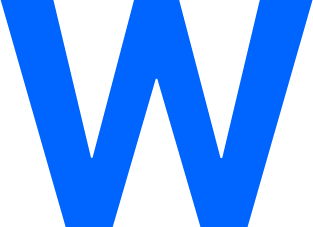Introduction to Predictive Analytics in Student Performance
Predictive analytics is a branch of artificial intelligence (AI) that uses data mining, machine learning, and statistical modeling techniques to analyze current and historical data to make predictions about future outcomes. It has been applied in various industries, including healthcare, finance, and marketing, and is now making its way into the field of education. In particular, predictive analytics has been used to improve student performance, retention, and graduation rates in schools and universities.
Understanding Predictive Analytics in Student Performance
Predictive analytics in student performance involves collecting and analyzing various types of data, such as grades, attendance, behavior, and demographics, to identify patterns and trends that can be used to predict future academic success. It uses algorithms and statistical models to identify factors that may impact a student´s performance and to forecast their future performance based on these factors.
The Role of Artificial Intelligence in Predictive Analytics
Artificial intelligence plays a significant role in predictive analytics for student performance. It enables machines to process large amounts of data, identify patterns, and make predictions without human intervention. This expedites the analysis process, making it easier for educators to make data-driven decisions and take timely action to support students.
The Benefits of Predictive Analytics in Student Performance
The use of predictive analytics in student performance has several benefits, not only for students but also for educators and educational institutions. Some of these benefits include:
By using predictive analytics, educators can identify at-risk students early on and provide them with targeted support and interventions. This allows for timely action to be taken, potentially improving the student´s performance and increasing their chances of success.
Predictive analytics enables educators to gain insights into each student´s strengths, weaknesses, and learning styles. This information can be used to personalize the learning experience for each student, leading to better engagement and improved academic performance.
By using predictive analytics, educational institutions can identify students who may be at risk of dropping out and take proactive measures to support them. This can lead to improved retention and graduation rates, which is beneficial for both students and the institution.
Predictive analytics can also help educational institutions allocate resources more efficiently. By identifying areas of improvement and specific student needs, institutions can allocate resources, such as tutors and advisors, where they are needed the most.
Implementing Predictive Analytics in Educational Institutions
The implementation of predictive analytics in educational institutions involves several steps. The first step is to identify the data that needs to be collected, which can include student demographics, attendance, grades, and extracurricular activities. The next step is to analyze the data and identify patterns and trends using various statistical models and algorithms. This is where AI comes into play, as it can process large amounts of data and identify patterns that may not be apparent to humans.
Challenges and Limitations
Although predictive analytics in student performance has many benefits, there are also some challenges and limitations to its implementation. One of the main challenges is the collection and management of data. Educational institutions must ensure they have the necessary data management systems in place to collect and store data securely. Additionally, there may also be privacy concerns regarding the collection and use of student data.
Conclusion
Predictive analytics is a powerful tool that holds much promise in improving student performance and success in educational institutions. By harnessing the power of artificial intelligence, it has the potential to help educators identify at-risk students, personalize learning, and allocate resources more efficiently. However, it is essential to consider the challenges and limitations and ensure responsible use of data in the implementation of predictive analytics. With proper implementation and continuous monitoring, predictive analytics can be a valuable tool in creating a more personalized and successful learning experience for students.
